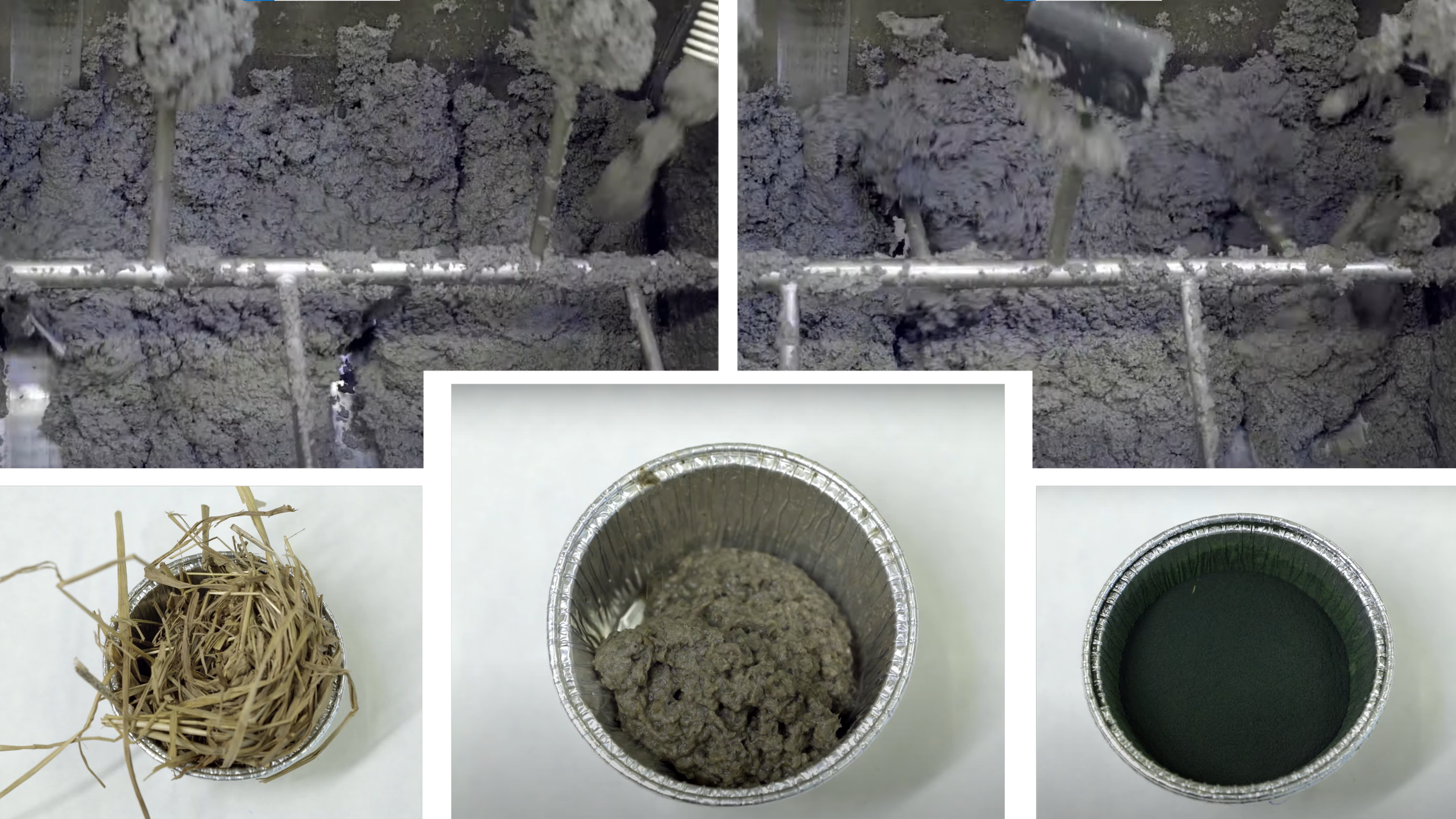An Overview of Hydrothermal Liquefaction in Pictures
By Kam Strong
Continued use of biomass as an alternative to obtain crude oil will shift the demand for plastic feedstocks from traditional oil-drilled petroleum to bio-based and bio-compatible substitutes.
Wheat straw, sewage sludge from the waste-water treatment plant, and algae (spirulina) are examples of usable biomass. The mixture revolved by the turbines is referred to as the slurry.
By conserving heat during the process, the energy content of the bio-crude out-weighs the energy expended to sustain the process. Heat recovery occurs as the Bio-Crude mixture transfers heat to the incoming bio-mass.



